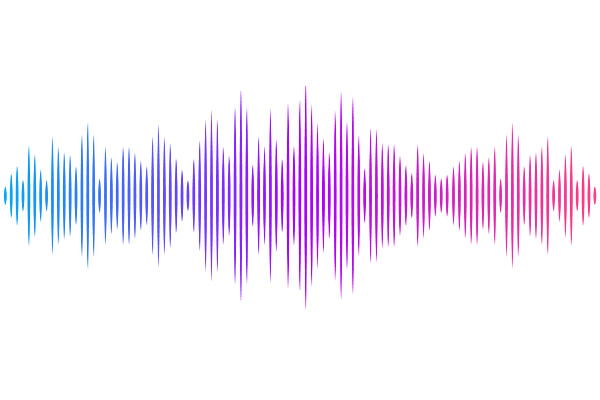Unbiased whole genome comparison of Pan paniscus (bonobo) and Homo sapiens (human) through a novel sequence match-based approach

Unbiased whole genome comparison of Pan paniscus (bonobo) and Homo sapiens (human) through a novel sequence match-based approach
Rosler, C.; DuFriend, D.; Annor, E.; Njoroge, R.; Davis, E.; Anthem, Y. L.; Velasquez, C.; Ranahan, W. P.; Goelzer, M. H.; Wheat, S.; Goelzer, J. A.
AbstractDue to technical and computational limitations, original attempts to compare humans to other non-human primates (NHP) were restricted to specific gene and protein comparisons. With the advances in supercomputing and whole genome sequencing technology, these studies can be revisited to explore entire genomes unbiasedly. A novel alignment-dependent homology algorithm that utilizes a linear search-based approach to find segments of homolog sequences based on a given length of word size, ranging from 32 bp to 1000 bp, was used to perform whole genome comparisons. These sequences were then compared over each chromosome of both the target and control species. Chromosome similarities between Pan paniscus and Homo sapiens varied greatly across various chromosomes. At 32-bp granularity, chromosome 3 showed the highest similarity (91.96%), while chromosome 5 showed the lowest similarity (59.66%). Overall, this indicates that while there are significant similarities in the anatomical structures, physiological structures, and protein similarities, there are significant differences in the genomic code between the two species. Additionally, not all sequences are conserved equally, underscoring the need to study the role that gene duplications, transpositions, and horizontal gene transfer may play in species divergence.